Is it better to get traditional shots or use one of the allergy shot alternatives? Many individuals are asking this question as more and more people seek methods to minimize the adverse effects of immunotherapy. We’ll go through the benefits and drawbacks of allergy shot alternatives so you can decide if they’re right for you!
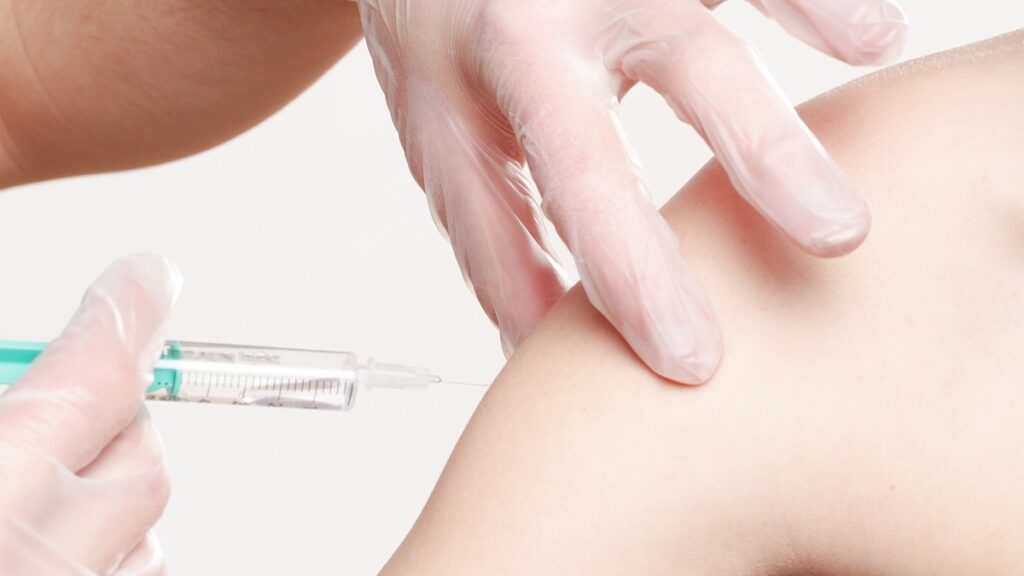
As an Amazon Associate, I may get compensation for qualifying purchases.
Table of Contents
Allergy Shot Drawbacks
There are many benefits that you can get from allergy shots, but also some drawbacks. Limitations like the time commitment, cost, and potential side effects may be some of the reasons you cannot or do not want to get allergy shots. Luckily there are some allergy shot alternatives.
Sublingual Immunotherapy Drops & Tablets

Sublingual immunotherapy (SLIT) drops are a type of allergy shot alternative that works by administering small doses of allergens under the tongue. These drops are typically taken once or twice a day, and they can be an effective way to treat allergies.
One of the main benefits of sublingual immunotherapy drops is that they are relatively safe and well-tolerated. In addition, they are easy to administer and can be taken on the go. Unlike traditional allergy shots, there is no need for a doctor’s appointment or injection for each treatment.
Side Effects of SLIT
SLIT can cause side effects such as mouth irritation, nausea, and headaches. In rare cases, SLIT can also cause anaphylaxis, a life-threatening allergic reaction. It is important to talk to your doctor before starting SLIT and to monitor your symptoms carefully while taking these drops.
How effective is SLIT treatment?

There have been studies on the SLIT treatment to see how well they work, and studies have shown that SLIT is an effective allergy treatment. In one study, over 80% of participants who took SLIT drops had a significant reduction in allergy symptoms. However, it is important to note that SLIT may not work for everyone.
Although I could not find a definitive answer for allergy shots efficacy, the studies did state that “SCIT (allergy shots) were favored over SLIT with respect to both symptom and medication score reductions.”
SLIT Drawbacks
There are some drawbacks to using sublingual immunotherapy drops. One is that they may not be as effective as traditional allergy shots (results vary from person to person). Additionally, they can be expensive, and insurance may not cover them. These drawbacks may be a deal breaker or a moot point, it really depends on your specific situation.
How much does sublingual immunotherapy cost?
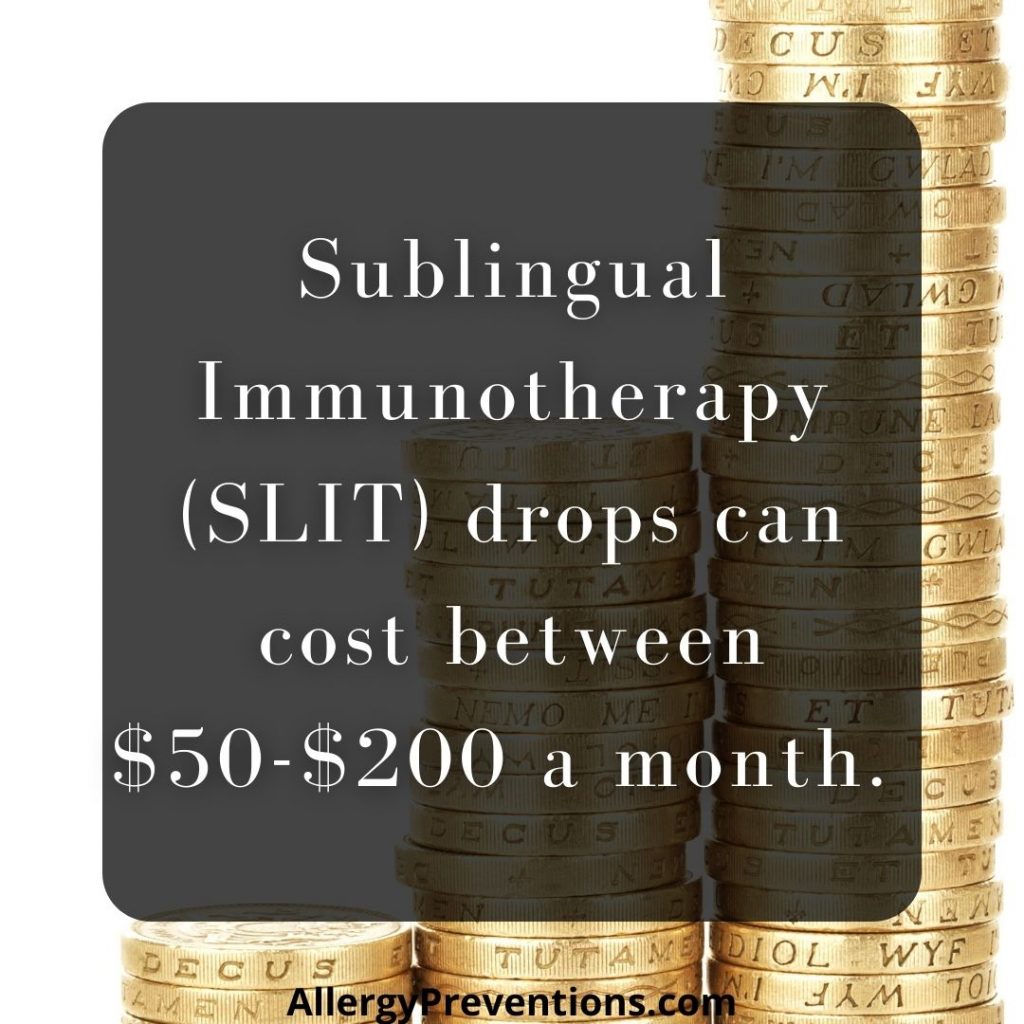
SLIT drops can be expensive, costing anywhere from $50 to $200 per month. They may also not be covered by your insurance. However, there are some coupons and discounts available online if you plan to pay out of pocket.
Pros and Cons of SLIT
When weighing the options of choosing sublingual immunotherapy (SLIT) versus allergy shots (Subcutaneous immunotherapy, or SCIT), there are some pros and cons to consider:
SLIT Pros
- Can be taken on the go (no appointment needed)
- Easy to administer
- Relatively safe
- Well-tolerated
SLIT Cons
- Potentially expensive
- SLIT may not be as effective as traditional allergy shots
If you are considering using sublingual immunotherapy drops to treat your allergies, make sure to talk to your doctor about all the pros and cons of this treatment option.
Antihistamines

Antihistamines are a common treatment for allergy symptoms. They work by blocking histamine, which is a chemical that your body releases when you are allergic to a substance. Antihistamines help relieve symptoms such as sneezing, itchy eyes, and a runny nose, which may be a good allergy shot alternative.
Some antihistamines can also help to relieve allergy-related coughs and congestion. There are a variety of antihistamines available, both over-the-counter and prescription.
List of Antihistamines
- Allegra (fexofenadine)
- Allegra-d (fexofenadine and pseudoephedrine)
- Clarinex (desloratadine)
- Claritin (loratadine)
- Zyrtec (cetirizine)
- Zyrtec-d (cetirizine and pseudoephedrine)
I have tried both Claritin® and Zyrtec® over the year, and both work well. Currently, Claritin is my “go-to”, and I love that you can buy it on Amazon. Keep in mind that it is important to talk with your doctor before starting an antihistamine, as they can cause side effects such as drowsiness.
Nasal Sprays
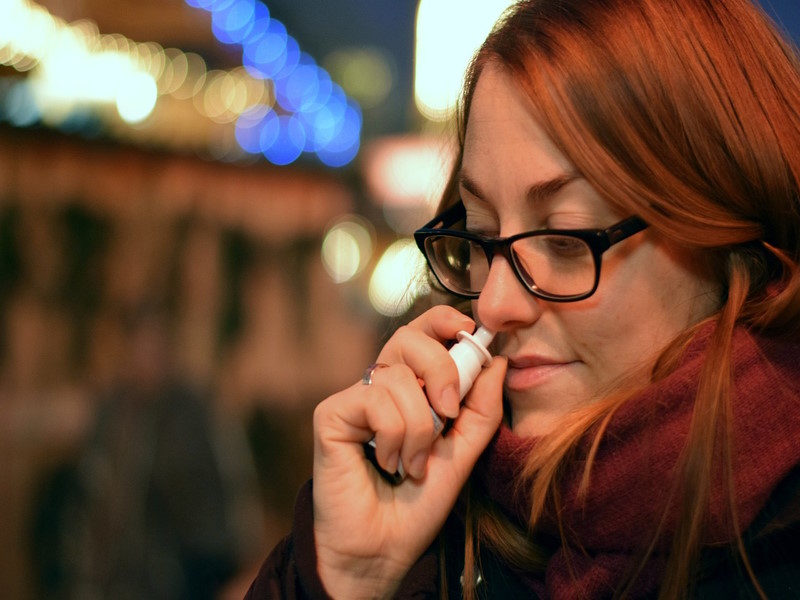
Nasal sprays work to stop allergies by delivering medications into the nasal passage. This helps to reduce inflammation and relieve allergy symptoms. Nasal sprays are available both over-the-counter and prescription. Here are the most common nasal spray medications:
- Beclomethasone
- Budesonide
- Fluticasone
- Mometasone
- Triamcinolone acetonide
- Zafirlukast
I was taking Fluticasone (Flonase®) for many years, and it did help with my nasal allergy symptoms. I don’t recall experiencing any side effects, and the spray kind of smells like flowers. I no longer use a nasal spray as my allergy symptoms have been drastically reduced from allergy shots and antihistamines.
Nasal Rinse
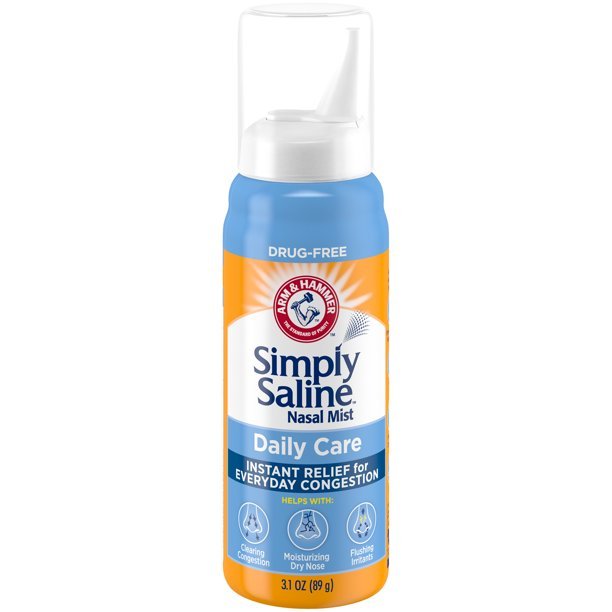
Nasal rinsing, which is sometimes called nasal irrigation or nasal lavage, is a wonderful technique that involves using a saline solution to flush out your nose. It’s a fantastic way to clear up congestion and keep your sinuses healthy. Let me explain some of the benefits:
- Bye-bye Allergens: Allergens like pollen, dust mites, pet dander, and mold spores can build up in the nose and cause inflammation, itching, and congestion. Nasal rinsing is a super way to wash away these pesky allergens, giving temporary relief from allergy symptoms.
- Saying Goodbye to Mucus: Allergens can make our noses produce extra mucus, making you feel all stuffed up. But with nasal rinsing, the saline solution helps thin and remove that extra mucus, making it easier for them to breathe and reducing congestion.
- Soothing Inflammation: Allergens can make our noses swollen and uncomfortable. The saline solution used in nasal rinsing is like a cozy hug for irritated nasal tissues. It helps calm down the inflammation and makes those uncomfortable symptoms feel better.
- Boosting Nose Superpowers: Our noses have these tiny, hair-like structures called cilia, which help catch allergens. But allergies can mess with their superpowers. That’s where nasal rinsing comes to the rescue! It clears away allergens, gunk, and extra mucus, so those cilia can do their job of protecting our body more effectively.
- Making Medicine Mighty: Nasal rinsing can actually make allergy medications work even better. Rinsing your nose before using antihistamines can help get rid of mucus and allergens. This way, the medications can be absorbed and do their magic more efficiently, giving relief from allergy symptoms.
Remember, nasal rinsing is great for temporarily relieving allergy symptoms, but it might not completely get rid of the underlying allergic reaction. If you have severe allergies or chronic symptoms, it’s a good idea to consult a healthcare professional for a comprehensive plan to manage them.
Eye Drops
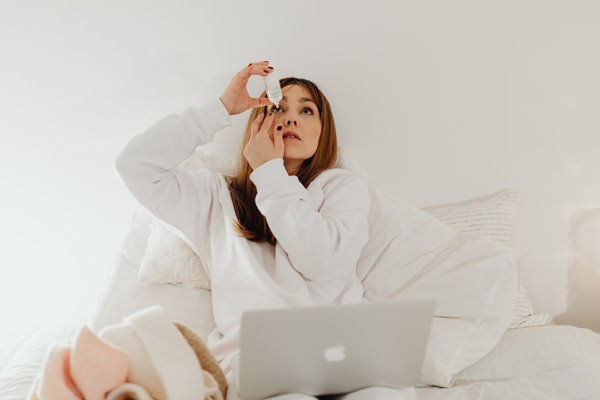
Allergy eye drops work by reducing the inflammation in the eyes, caused by allergies. This helps to relieve allergy symptoms such as itchy and watery eyes. Eye drops are available over-the-counter and by prescription.
List of Eye Drops
- Optivar (azelastine)
- Zaditor (ketotifen)
- Patanol (olopatadine)
- Alaway (ketotifen)
My favorite is Patanol (Pataday®). I have been prescribed these drops before they were available over the counter, and whenever I need relief these drops do the job every time. They burn a little bit in the beginning, but in my mind, “that’s the drops defeating the allergen.”.
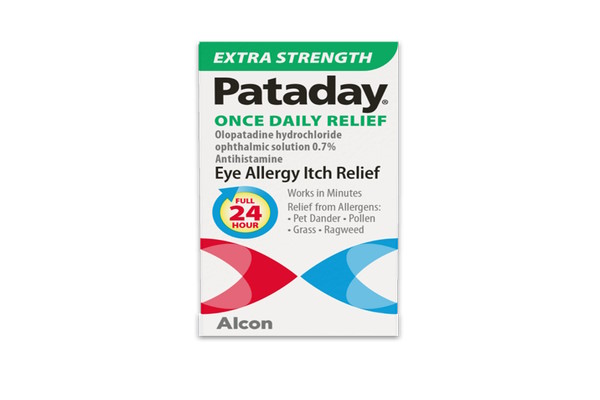
If you want to give Pataday a go, you can literally buy it on Amazon, or your local drugstore.
Natural Allergy Shot Alternatives

There are natural alternatives to immunotherapy that may provide symptom relief for some adults. These alternatives may or may not be as effective or well-studied compared to conventional allergy treatment methods, but may be worth exploring. Here is a list of natural allergy shot alternatives:
- Acupuncture
- Butterbur
- Essential oils
- Local honey
- Probiotics
- Quercetin
- Stinging nettle
- Vitamin C
Of course, even natural approaches do come with risks. It’s always recommended to consult with a healthcare professional before starting any new treatment or supplement regimen, especially if you have severe allergies or other underlying health conditions.
Which allergy shot alternative is best?
There is no definitive answer to this question. Some people find that sublingual immunotherapy (SLIT) drops are more effective than allergy shots, while others stick with treating the symptoms by using eye drops, antihistamines, etc.
The best allergy shot alternative is going to be the one, or a combination of multiple alternatives that work best for you.
Personally, I am getting allergy shots, and it is time-consuming! But, I see results, so it is all worth it for me. I am also using antihistamines and nasal rinses on really bad allergy days.
Have You Tried Other Alternatives?
What are your reasons for exploring allergy shot alternatives? I would love to hear more! Send me an email: chris@allergypreventions.com if you would like to share your story.
Check out these great articles next!

